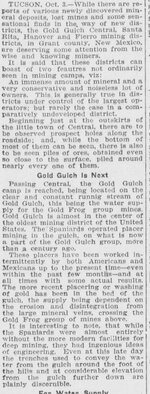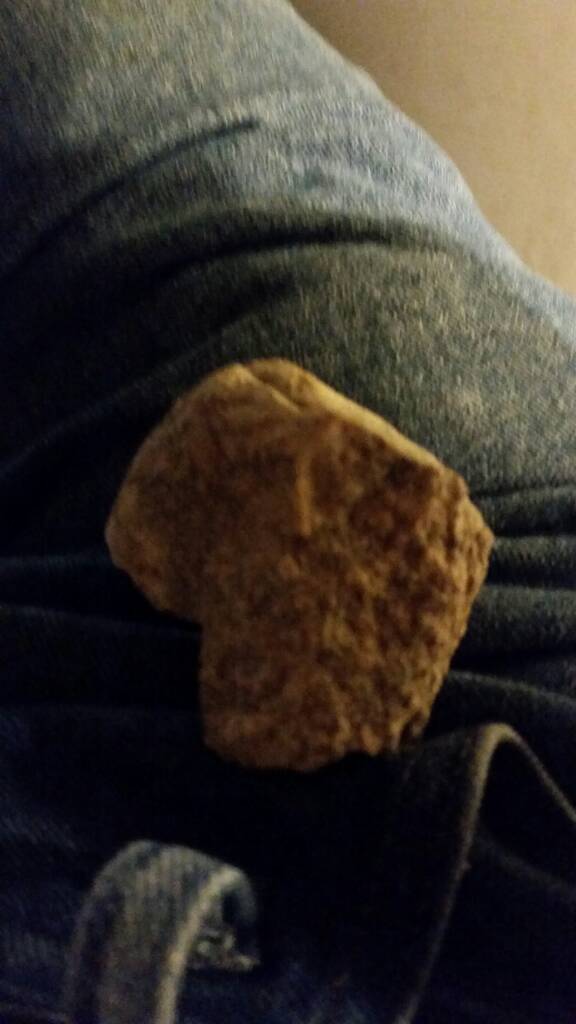KANACKI
Bronze Member
- Mar 1, 2015
- 1,445
- 5,931
- Primary Interest:
- All Treasure Hunting
Hola there amigos.
A fair wind blows before I set sail, so I just post you a article that might be of interested dated around December 1884. Was not quite sure where to post this as it touches two subjects. But anyway enjoy.
View attachment 1227845
Kanacki
Classic, classic example of a coded message relating to a treasure site (or valuable informational source) located in that particular region of AZ. A well-worn protocol. Thanks for the post.
Way, way OT: do you have any practical knowledge of celestial navigation using stars in the ecliptic polar regions?
 I usually plot wind Speeds, knots dead reckoning from a fixed point along a nautical chart. Yes I am still old fashioned and still believe in drawing it on my paper charts. Not convinced computer logged map as my son is keen on if power fails you have no maps.
I usually plot wind Speeds, knots dead reckoning from a fixed point along a nautical chart. Yes I am still old fashioned and still believe in drawing it on my paper charts. Not convinced computer logged map as my son is keen on if power fails you have no maps.Hola there amigos.
A fair wind blows before I set sail, so I just post you a article that might be of interested dated around December 1884. Was not quite sure where to post this as it touches two subjects. But anyway enjoy.
View attachment 1227845
Kanacki
Classic, classic example of a coded message relating to a treasure site (or valuable informational source) located in that particular region of AZ. A well-worn protocol. Thanks for the post.
Way, way OT: do you have any practical knowledge of celestial navigation using stars in the ecliptic polar regions?


<cut>
However you do pose a very intriguing question?
The North Ecliptic Pole is in Draco. Due to precession, the celestial pole moves in a circle around the ecliptic poles once every 25,800 years.
The ecliptic poles are (as of epoch 1 January 2000) at: (North) right ascension 18h 0m 0.0s (exact), declination +66° 33′ 38.55″
The orientation of the Earth's axis and equator are not fixed in space, but rotate about the poles of the ecliptic with a period of about 25,800 years, a process known as lunisolar precession, as it is due mostly to the gravitational effect of the Moon and Sun on the Earth's equatorial bulge. Likewise, the ecliptic itself is not fixed.
<cut>
Kanacki
Hola sdcfia
My main stomping ground is the Pacific. Generally Southern Cross pointers in South pacific and Big dipper and pole star in Northern Pacific. That and old Polynesian navigation methods wind and waves and birds. Trouble is in higher polar or lower arctic regions is bad weather for sighting stars at night at sea.
Kanacki
 ?
?
Loke, you-n-Oro just about have it pinpointd - next time for sure Kanacki is among the trade winds already.
"Down where the trade winds blow, that's where I long to go '' Pretty song about the atolls, not
the Japanese infested islands where most of us ended.
No lovely maidens such as Kanacki's crew.









ERRROro, just where is it? You can post it here, I promise I won't tell anyone

 Now SHHHHH! Keep that important detail secret at all costs!
Now SHHHHH! Keep that important detail secret at all costs! 